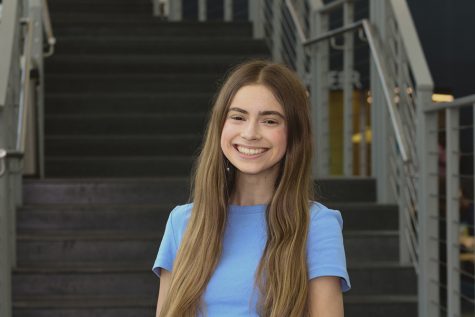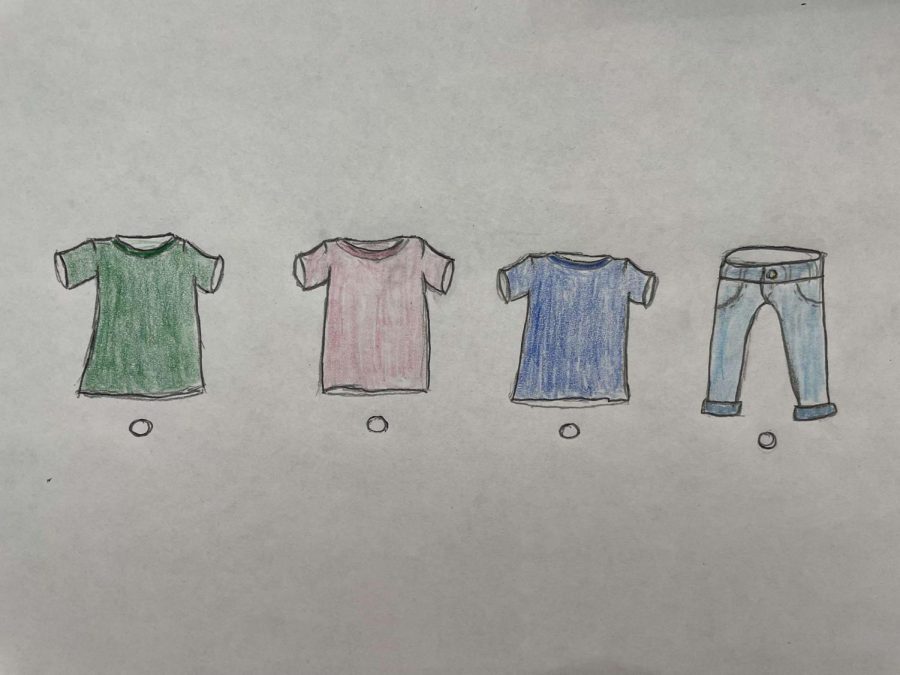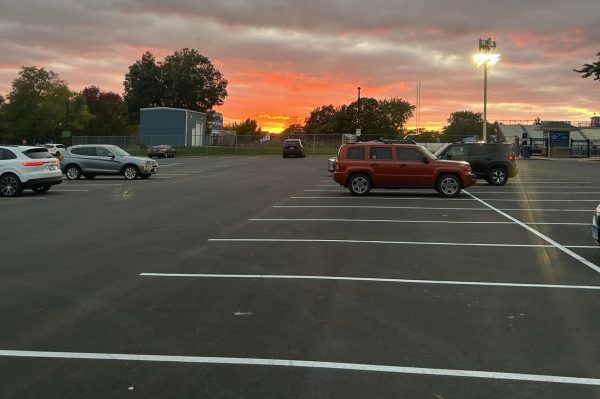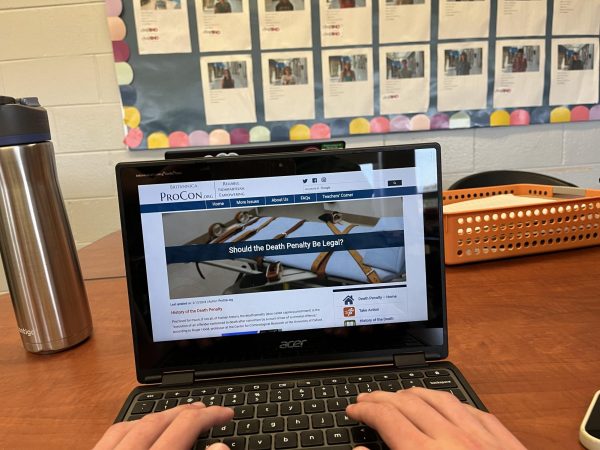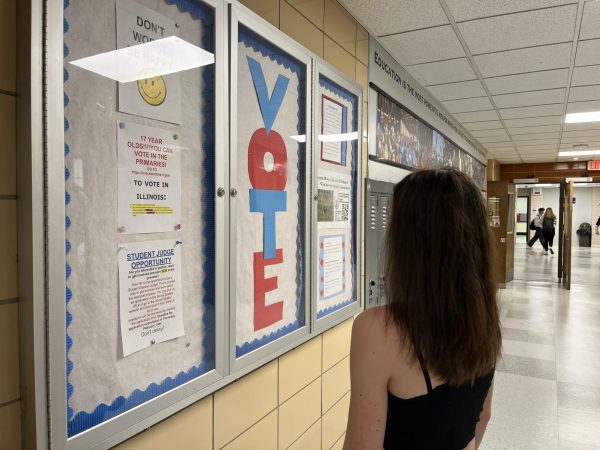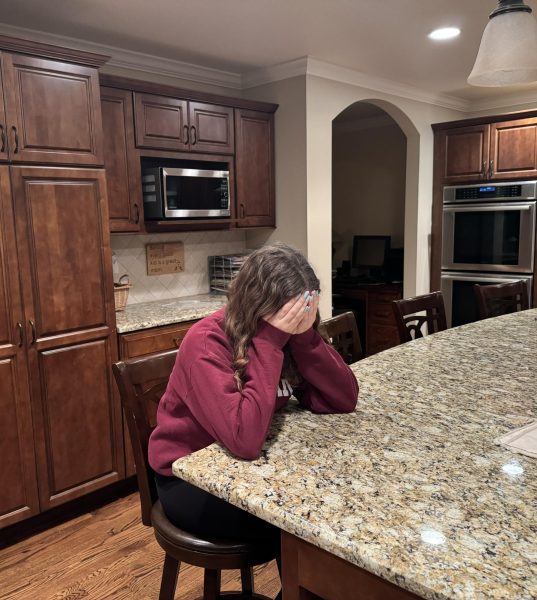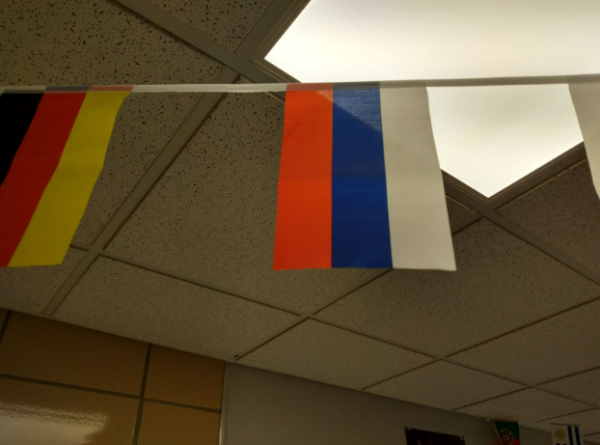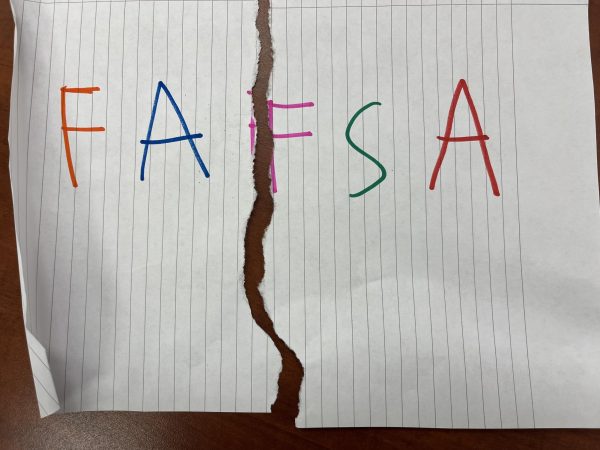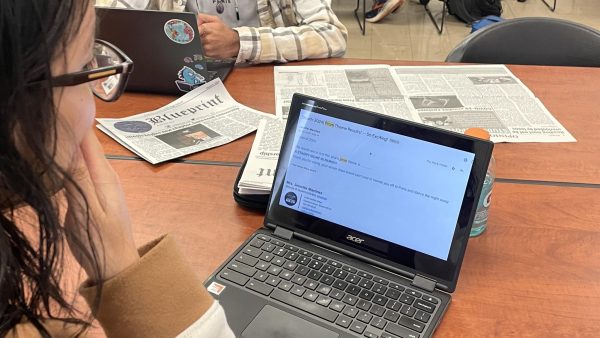Let’s look to lady liberty and revise gifted programs
This is a sample for the types of questions that can appear on the Otis-Lennon School Ability Test, referred to as OLSAT, which is one of the two tests that four year olds must currently complete to gain admission to the gifted and talented program in New York City.
A picture with four garments of clothing, three shirts and a pair of pants, sits on the table in front of a four year old as a teacher reads, “Which one of these does not belong?” to the child they are testing. Questions similar to this that ask children what is missing from a pattern or what does not belong are common on the test four year olds in New York City must take in order to gain acceptance into the current gifted and talented program.
According to the New York Department of Education, Mayor Bill de Blasio plans to eliminate this current model for the gifted program and replace it with a new initiative for the 2022 and 2023 school year entitled “Brillant NYC.” This shift would provide the opportunity for approximately 65,000 kindergartners to have a gifted education in comparison with the 2,500 students who are given the opportunity under the current model.
NYC’s diverse population helps to make NYC an important cultural center of the United States. As a country we should look to the cultural influence of NYC and work to expand gifted education programs around the country to meet the expanded audience that “Brilliant NYC” aims to reach.
Currently, there are several fatal flaws that need to be addressed in gifted and talented programs – the first being their exclusive nature.
From a young age, we were taught that sharing is caring, but the exclusive nature of many gifted programs prevents learning opportunities from being shared with the vast majority of students.
At the gifted program in my elementary school, only five of the approximately 60 students in my grade got the opportunity to be in the gifted and talented program. In my middle school, there was a gifted and talented program for English, which had no more than 30 students for both seventh and eighth grade combined.
While gifted programs, in concept, have a positive intention of wanting to assist students in furthering their learning, the miniscule amount of children who get admitted prevents many other highly capable students from having the same opportunities. This pushes some students further ahead while others get left behind.
I can attest to the fact that gifted programs do benefit the students that get to be a part of them. Being in the gifted English and Language Arts class in middle school helped to set me up for success when I took an honors English class my freshman year of high school. However, I noticed that some of my peers who were not in the gifted program struggled making the adjustment from middle school to the honors class in high school.
Also seen in gifted programs across the country is their contribution to what is commonly referred to as the “achievement gap.” This is the difference in the academic achievement of students based on groupings such as race or socioeconomic status.
This can be seen in the old model of gifted programs in NYC, where wealthier families can afford to send their four year olds to test preparation classes to prepare them for the test. There are many patterns in the types of questions asked on the test, such as asking the child which picture does not belong in the group. If children have already been exposed to hearing these types of questions in preparatory classes, there is a greater chance that these children will perform better than children not previously exposed to the questions.
There is also racial underrepresentation in gifted programs across the country, which is an area that hopes to be addressed by “Brilliant NYC.” According to Associated Press News, there are approximately one million children in the NYC public school system, two-thirds of whom are either Black or Latino. However, this is not currently reflected in gifted programs as of the 16,000 students in the gifted program, only one quarter of them are Black or Latino.
I also made a similar observation with my gifted program from elementary school. Although my school is not nearly as diverse as the public schools in NYC, the program still did not fully reflect the diversity that is seen in our school district. In my gifted programs in both elementary and middle school, the majority of my classmates were white or Asian, which aligns with the statistics seen in gifted programs in NYC.
While gifted programs may have good intentions, the execution of many programs still needs considerable improvement to make a gifted education accessible to more students while also reflecting the level of diversity found in the school district. “Brilliant NYC,” is not a flawless plan, but it provides a plan to promote equality and diversity in gifted education while simultaneously creating a call for action for other gifted programs to consider their faults and how improvements can be made.

